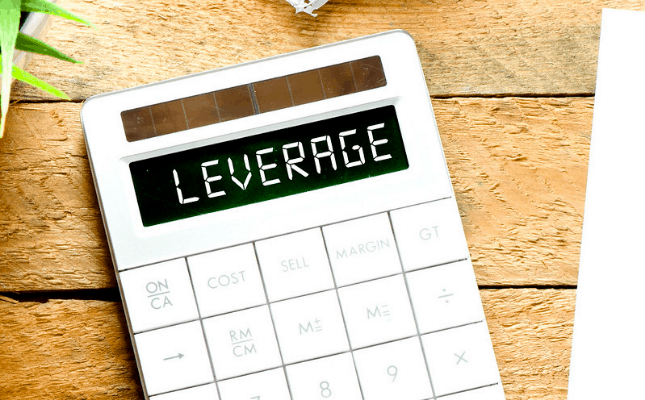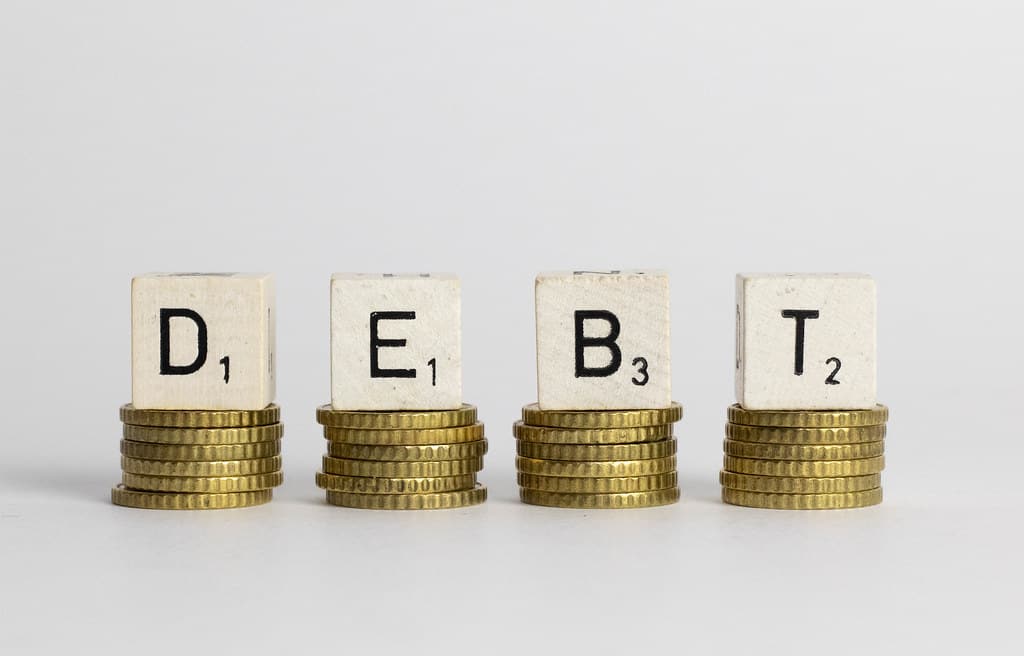China’s macro-leverage ratio has continued to slide in the first quarter of 2021, following a sharp surge in 2020 as regulators sought to contain the economic impacts of the COVID-19 pandemic.
China’s first quarter macro-leverage ratio was 276.8%, for a decline of 2.6 percentage points that built upon a decline of 1.6 percentage points in the final quarter of 2020, according to data from the Chinese central bank’s “2021 First Quarter China Monetary Policy Execution Report” (2021年第一季度中国货币政策执行报告).
“China’s macro-leverage ratio has already showed decline for two continuous quarters, and is no longer the most salient issue in the sphere of the macro-economy at present,” said Gao Ruidong (高瑞东), chief macro-economist at Everbright Securities, to the People’s Bank of China’s (PBOC) official news publication.
The decline comes despite the month of March usually being one of the peak periods for credit extension in China, leading to strong on-period rises in macro-leverage ratios.
It also arrives following a sharp rise in Chinese macro-leverage last year. Chinese central bank data indicates that in 2020 China’s macro-leverage ratio saw a rise of 23.5 percentage points, driven by a range of stimulus measures intended to keep the economy afloat amidst the turmoil of the COVID-19 pandemic.
Zhang Xiaojing (张晓晶), head of the financial research institute of the Chinese Academy of Social Sciences (CASS) and chair of the National Institution for Finance & Development (NIFD), said to PBOC’s news publication that while debt increased 3.5% in the first quarter compared to the preceding quarter, nominal GDP growth was 21.2%, serving to reduce the leverage ratio.
According to Zhang non-financial enterprises and government departments are making a strong contribution to Chinese deleveraging. Data from NIFD further indicates that in the first quarter the household leverage ratio fell 0.1 percentage points, marking the first quarterly decline in household leverage ratios since 2012.
In the first quarter YoY growth in medium and long-term consumer loans slowed considerably, dropping to 14.3% at the end of March as compared to 19.8% at the end of 2020.
Zhang forecasts that in 2021 the Chinese economy will see sizeable growth and that the macro-leverage ratio will also decline, putting China on the “deleveraging track” and helping to advance reform efforts
Zhang also called for continued focus on debt problems in China, cancellation of “hidden” government guarantees, and gradually create market-based risk pricing mechanisms.



